This post is also available in: Español (Spanish) Kreyòl (Haitian Creole)
Some of us are watching and reading credible sources on the coronavirus every day. Others face a serious dearth of helpful information about the pandemic in a language they can understand. It’s a dangerous situation that organizations around the world have quickly and creatively stepped up to address. A prominent example in Mexico is Vientos Culturales, the Chiapas-based maker of a children’s television show, which is developing several distinct COVID-19 informational videos in Spanish and more than 20 Indigenous languages.
See some of Vientos’ other COVID-19 videos, about prevention, helping others stay safe and what to do if you are sick.
Beyond these informational videos, Vientos Culturales produces an educational children’s television program. The coronavirus has rendered that work more important as well, with children now unable to go to school. It has also become more challenging to produce the show, since participants need to keep their distance, but they are working around it, with young contributors sending in videos from their homes.
Vientos’ creation of coronavirus videos in several languages is in line with its general practice of putting Indigenous children at the center of its work.
Where Indigenous children tell their own stories
The Mexican television show “¡Vientos! Noticias que Vuelan” (Winds! Flying News) seeks to improve the way Indigenous children are depicted in the media by giving them the stage… or the screen. In brief, entertaining segments, 9-to-15-year-olds across Mexico invite viewers into their lives, walking us through their homes, their chores, their passions and their activism. The show is broadcast weekly on national and regional stations across Mexico, as well as online, via vientos.tv, YouTube, Facebook and Instagram.
“This program is an answer to systemic discrimination and growing inequality, and aims to change the narrative regarding the lives of Indigenous children.”
Check out these sample segments with English subtitles.
There are 68 Indigenous languages in Mexico with hundreds of variants, and in many communities they are the primary means of communication. Still, their use is not always accepted. For example, teachers in one Maya community in the state of Yucatán were barring their students from speaking in their mother tongue, Maya.
In San Miguel Tzinacápan, in the state of Puebla, adults, teens and children operate a community radio station called Radio Tzinaka. The station promotes traditional practices and broadcasts the program “Pipilkonemej,” Nahuatl for “children.”

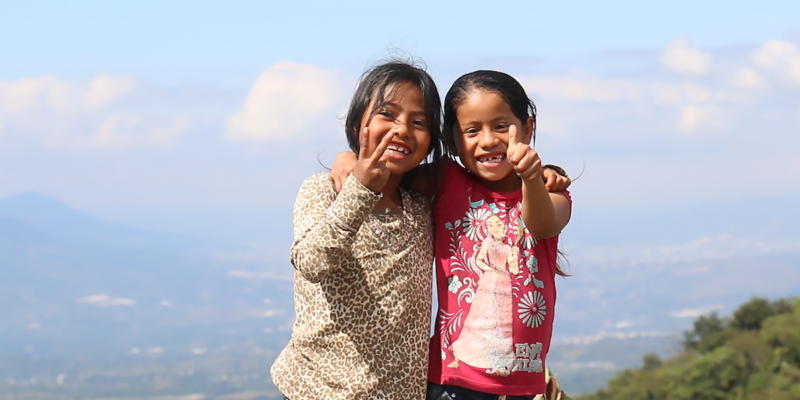
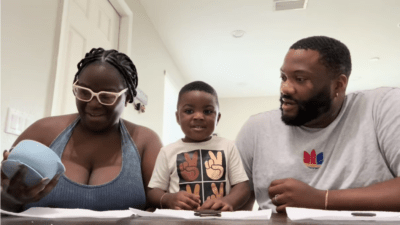
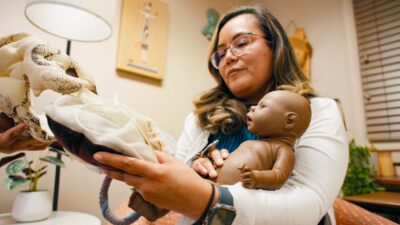
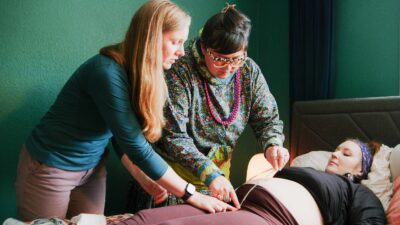
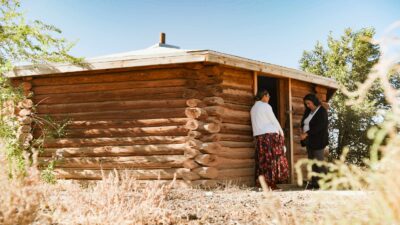


Comments